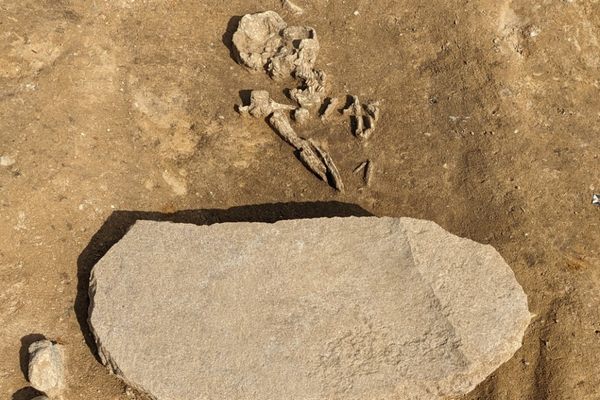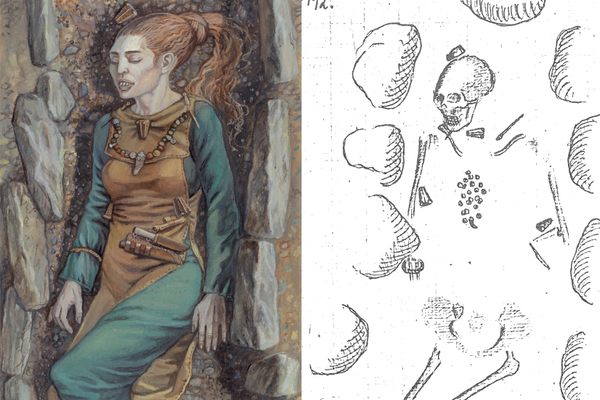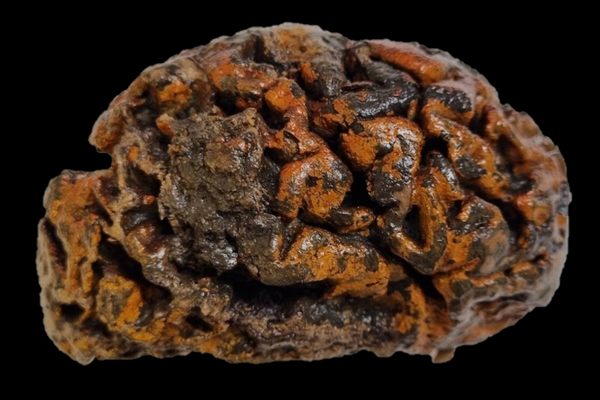Finally, Someone is on Trial Internationally for Destroying Precious Cultural Property
The International Criminal Court hears its first property case.

The oldest of the two mosques in Timbuktu. Faqi is accused of destroying 10 historic Timbuktu buildings (Photo: Flickr/JeanneMenjoulet&Cie).
Iconoclasm, the obliteration of religious and cultural artifacts, has a history that dates back millennia. But as of this week, it will the subject of international litigation.
In recent years, there has been an increase in calls to prosecute this destruction, particularly as ISIS began its purposeful incineration and looting of artifacts and heritage sites in the Middle East. The public outcry has culminated in the International Criminal Court’s first-ever trial for the destruction of cultural artifacts, which begins in the Hague this week.

The defendant, Ahmad al-Faqi al-Mahdi, is charged with the destruction of medieval shrines in Mali. This marks the first time cultural destruction is the main charge against a defendant, as well as the first time the destroyed property was considered to have global cultural significance, as Jonathan Birchall of the Open Society for Justice Initiative explains to The Guardian.
For over half a century, archaeologists and others have worked to introduce legal protections for global heritage sites, and the history of these efforts reveal a tragic pattern of destruction.
The first efforts to criminalize cultural artifact loss originated in response to Nazi plundering of European artwork during World War II—at that time, looting was frowned upon but not expressly banned, and repatriation of plunder was left to peace treaty negotiations. Outright destruction of artifacts wasn’t addressed in international law at the time, but Hitler’s aggressive demolition of Eastern European and Slavic cultural monuments, as well as his attempt to have Notre Dame destroyed before Paris’ liberation by Allied Forces, made it clear that a legal framework to punish such acts was needed.
In 1954, the international community adopted the Convention for the Protection of Cultural Property in the Event of Armed Conflict. The convention covers movable and immovable artifacts and obligates parties to adopt measures to safeguard the artifacts during peacetime, establish special military units trained to protect cultural heritage, and adhere to proscribed sanctions and penalties for violations. The international community took further measures to address illegal trafficking in artifacts with the 1970 Convention on the Means of Prohibiting and Preventing the Illicit Import, Export and Transfer of Ownership of Cultural Property and, in 1972, established the World Heritage Convention, which requires to states to identify, preserve, and protect world heritage sites.
Despite the new legal framework, looting and destruction at heritage sites continued, although not at the scale seen in World War II. Destruction of cultural heritage sites during the Balkans conflicts of the 1980s and 90s—including the shelling of Dubrovnik, which was prosecuted by the International Criminal Tribunal for the former Yugoslavia—revealed deficiencies in the 1954 convention, resulting in a Second Protocol to the Hague Convention in 1999. Even after the ratification of the second protocol, actions such as the Khmer Rouge’s destruction of thousands of temples and monuments in Cambodia, the Taliban’s 2001 dismantling of the Bamiyan valley Buddha statues, and vandalism at ancient Sumerian and Babylonian sites during the 2003 U.S. invasion of Iraq have gone unaddressed by the International Criminal Court.

The taller Buddha of Bamiyan before (left) and after destruction (right) (Photo: Wikimedia Commons/Zaccarias).
The lack of legal action so far adds extra significance to Faqi’s trial. In an October 2015 post on Global Policy Forum, international legal expert Marina Lostal explains, “One of the fundamental aims of international criminal law is to set a general example to deter the future perpetration of crimes. The Al Faqi case presents an opportunity for the ICC to re-shape the current landscape of non-compliance with the treaties addressing cultural heritage.”
While the world waits for the international legal landscape to change, archaeologists continue to use 21st-century tools to protect our global heritage, monitoring heritage sites from space and via drones equipped with 3D cameras. Hopefully, these tools can provide the evidence needed to help enforce international law, newly emboldened to protect ancient landmarks of human history.










Follow us on Twitter to get the latest on the world's hidden wonders.
Like us on Facebook to get the latest on the world's hidden wonders.
Follow us on Twitter Like us on Facebook